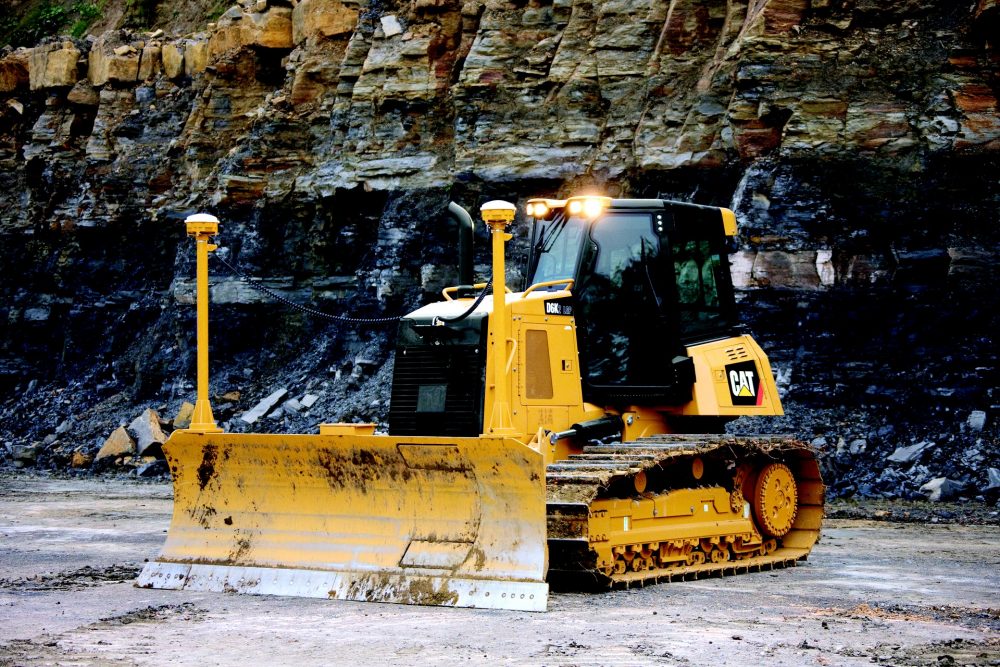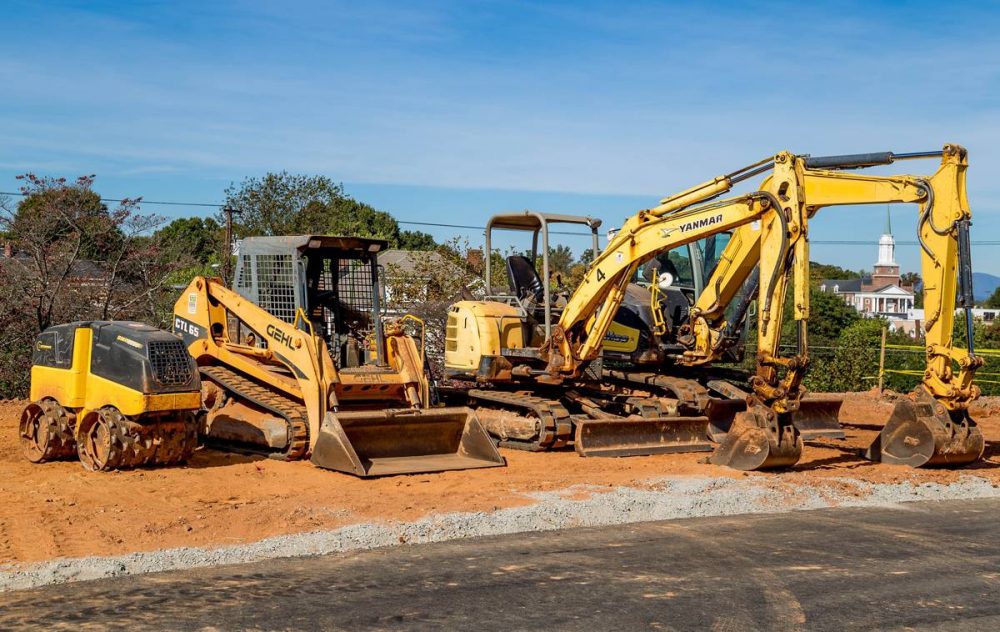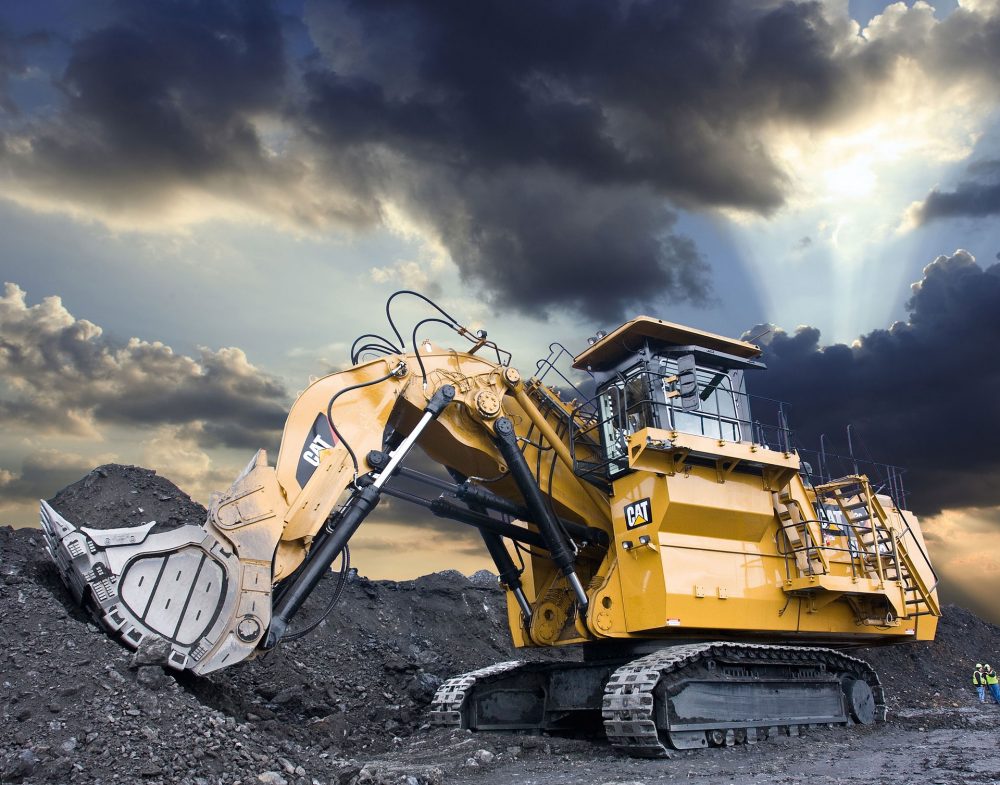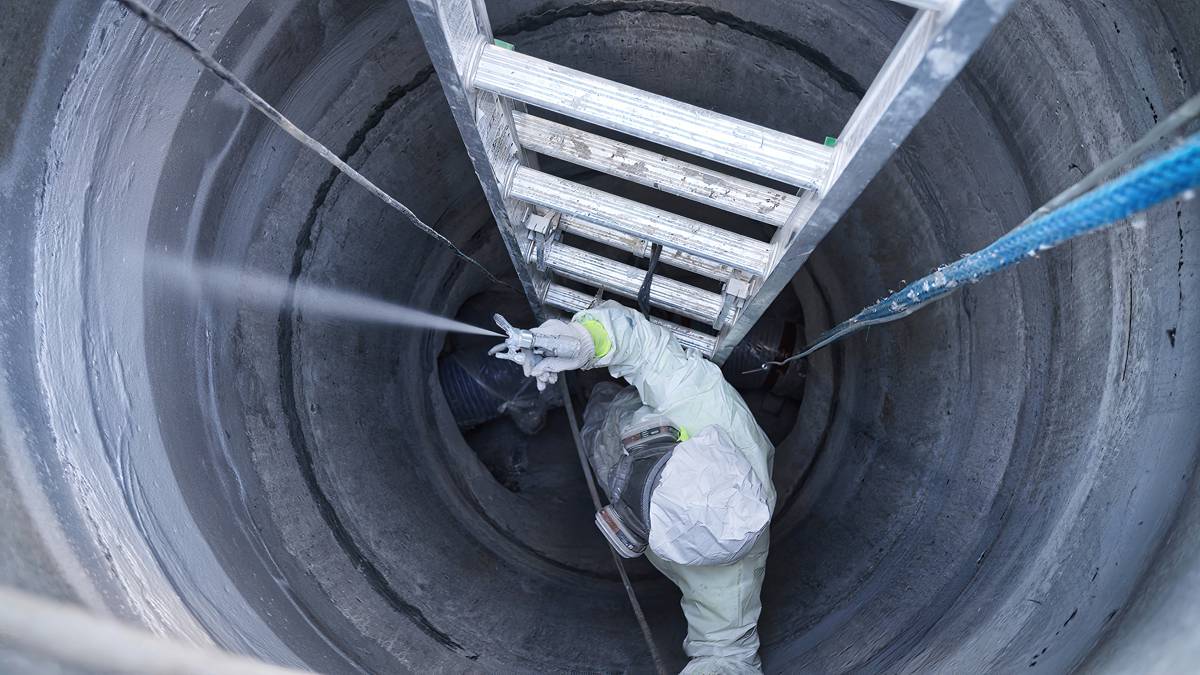Using a CMMS for heavy machinery lubrication work
Talmage Wagstaff is co-founder and CEO of Redlist. Raised in a construction environment, Talmage has been involved in heavy equipment since he was a toddler and has degrees and extensive experience in civil, mechanical and industrial engineering. In this article, Talmage shares his experiences on using a Computerized Maintenance Management Systems (CMMS) for equipment lubrication.
Heavy machinery is often viewed as indestructible equipment by the public. The frontend loaders, pavers, and steamrollers that people see on the highway, as they drive into the office, are capable of building infrastructure around the globe, so how could the same machinery be so delicate that the lack of lubrication could bring these machines to a grinding halt?
For maintenance managers and class A technicians everywhere, one of the worst possible scenarios that could be envisioned is to lose a $30,000 frontend loader due to the lack of a $65 bucket of lube being properly applied, in a timely fashion. The mere thought of bearings grinding inside of a gearbox can keep an engineer awake at night.
Ensuring that you successfully implement a lubrication management program is a fundamental part of managing a successful maintenance department. These tips can help you devise such a program and ensure that it becomes a part of the preventative maintenance program that is guiding your team to success in equipment maintenance.

Lube Routes
Most planning and scheduling modules allow for grouping common tasks, referred to as lube routes.
The reason most maintenance managers reject the idea of adding lubrication management to a CMMS program is because of the sheer number of grease points on a machine. When every grease point on every machine is broken into a separate work order, you end up with stacks of paperwork 4 feet high, and no practical way to key the parts used in terms of lube.
This is why lube routes are often used in place of naming and creating a work order for every lube point in your fleet. Instead, group your lubrication. For example, create a work order to replace the drive train oil. Then, create a separate work order to grease the bearings with bearing grease. This ensures that the individual tasks are being performed without creating unnecessary paperwork and headaches for the maintenance staff.

Lubrication Management
A good mechanic is going to replace the gearbox oil when they rebuild the gearbox. But, let’s be honest, we have all forgotten to properly check fluids at one time or another. This is the reason behind lubrication management becoming a recognized role in a maintenance department, and it can save thousands of dollars the first time it keeps a dry gearbox from seizing.
If your CMMS has a lubrication module, by all means, use the module. If you don’t have a lubrication module, create an asset line for lube and grease, such as L-001. A work order issued to L-001 could include greasing the bearings on both dozers. L-002 could be to change the crankcase fluid on the dozers, and so on. This type of asset management makes lubrication its own set of tasks, yet it allows for tracking time and parts usage to your assets accurately.

Lube Technician Training
A well trained lube technician can be a key stopping point for oncoming issues or he can be an open floodgate if he doesn’t recognize the signs of equipment wear.
When your lube tech finds an issue while he’s greasing bearings, does he repair that issue under your L series work order, or do you assign the repair to a senior technician and open a repair work order on the asset? These are situations that arise every day on the shop floor, and you need to have a procedure in place for this scenario.
When every member of your team knows the proper procedure for escalating issues discovered by lubrication management, there is no hiccup in getting repairs performed and equipment back into the field where it belongs.

Add Lubrication Management to your CMMS
Adding lubrication management to your CMMS is how you ensure task consistency in a maintenance segment that is often overlooked.
There isn’t a mechanic in the heavy equipment industry that cannot tell you a story of a machine being run without lubrication, and those stories usually end with “the engine smoking”.
Lubrication gets overlooked, or pushed off for more pressing tasks. It’s just a fact in maintenance. However, when lubrication management is a fundamental module in your CMMS, task consistency is nearly guaranteed, because the person who lubed the equipment is signing the work order stating he performed the task.
Knowing how easy it can be to track who last lubed the machine adds a level of accountability to lubrication tasks that hasn’t been in place before CMMS controlled lubrication work.

Track the data
Use your data trending tools to reflect the results of every part of your operation.
Showing a visible trail of accountability and opportunities to improve ensures that all members of your staff, from your lube technician to your CEO, are answering for their role in your operation and recognized for their contributions to your success.















